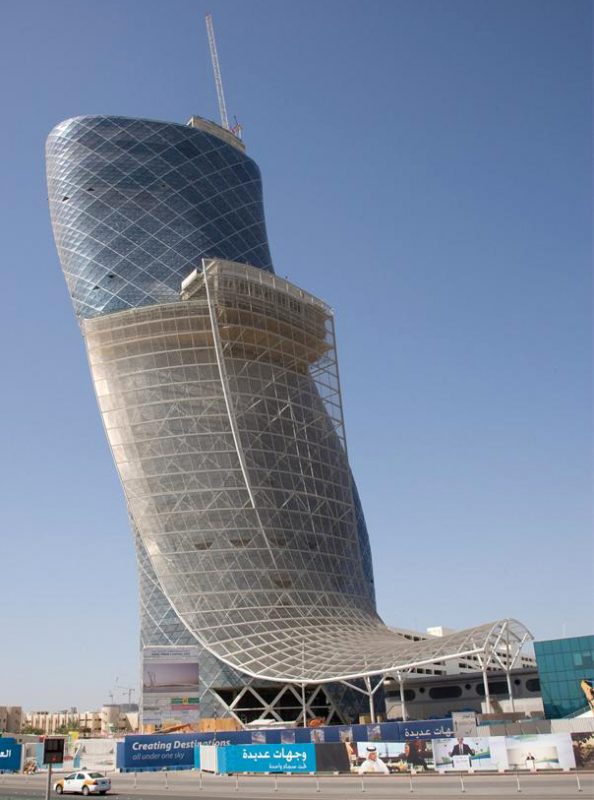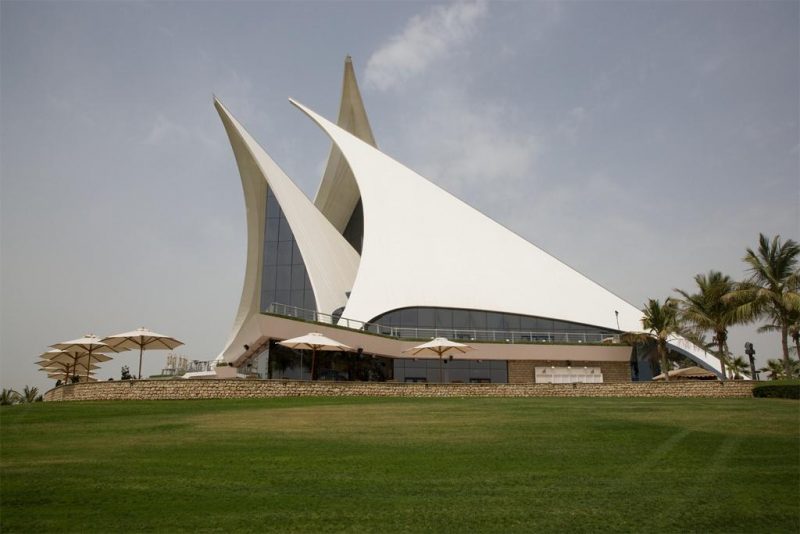
Hindu temple at Pandrethan, south side of temple, Ca. eighth to ninth century, Jammu and Kashmir, India. The John C. and Susan L. Huntington Archive of Buddhist and Related Art, The Ohio State University
Did you know Artstor is an excellent resource for Asian Studies? The Artstor Digital Library shares several collections that document Asian cultures, history, religion, architecture, and art.
Magnum Photos offers thousands of documentary images from Asia, beginning from the post-war period to the present, covering everything from Mahatma Ghandi’s India to the Japanese city of Obama as they capitalize on the 2008 American presidential elections. You can find a wide range of Japanese gowns, from 19th century dressing gowns to contemporary dresses by Yohji Yamamoto, in The Metropolitan Museum of Art: Brooklyn Museum Costumes. The Metropolitan Museum of Art also has scores of images encompasing household utensils such as needles, bowls, and saddles to ceremonial objects, armors, and costumes from all regions of Asia. Two other remarkable resources of Asian history are Southeast Asia Visions: John M. Echols Collection (Cornell University Library), which features European and American travel accounts of pre-modern Southeast Asia, and the Richard F. Brush Art Gallery (St. Lawrence University), which includes Vietnam War-era photography by American soldiers.

Temple scene, T’ongdo-sa, South Kyongsang Province, South Korea, Photographer: Carl Strom. Image and original data provided by Carl and Jennifer Strom
A number of collections offer field photography of architecture throughout Asia, such as: Alka Patel: South Asian and Cuban Art and Architecture (Islamic art and architecture from 12th to the 18th centuries in India and Pakistan); Huntington Archive of Asian Art (photographs of Asian art and architecture); American Council for Southern Asian Art (ACSAA) Collection (University of Michigan) (Southern Asian art and architecture); and Barbara Anello: Photographs of Southeast Asia and Morocco.
Collections that focus on important religious sites and architecture throughout Asia include: the Mellon International Dunhuang Archive (Buddhist cave shrines in Dunhuang, China); Shuilu’an Temple (Northwestern University) (Buddhist sculpture at Shuilu’an Temple in Lantian, China); Deepanjana Danda Klein and Arno Klein: Cave Temples at Ellora, India (Buddhist, Hindu, and Jain cave shrines in Ellora, India); Beyond the Taj: Architectural Traditions and Landscape Experience in South Asia (Cornell University Library); and Carl Strom and Jennifer Strom: Korean Buddhist Monasteries (Buddhist temple and monastery art in South Korea). For the Dunhuang caves and Shuilu-an Temple, ARTstor offers scholars and students unique visual documentation of the sites with high resolution digital photography and QuickTime Virtual Reality (QTVR) panoramas.

EIZAN (Yeiseu?), Japanese, Two Women Writing c.1850. Asian Art Collection (Connecticut College, New London)
And of course, Asian art is well represented in the Digital Library. Some notable examples include: Rob Linrothe: Tibetan and Buddhist Art collection; Seattle Art Museum (Asian art, including works from Japan, China, Korea, India, the Himalayas, and Southeast Asia); Asian Art Collection (Connecticut College) (Chinese and Japanese art); Asian Art Photographic Distribution (AAPD) (University of Michigan) (Chinese painting, sculpture, and decorative arts and Japanese painting and prints); The John and Mable Ringling Museum of Art (Chinese ceramics); and Yao Ceremonial Artifacts (Ohio University).
Artstor has also assembled 100 eclectic, iconic, and provocative images for our Sample Topic on Asian Art. To view all our Sample Topics, visit the Digital Library and click on “Featured Groups.”


















